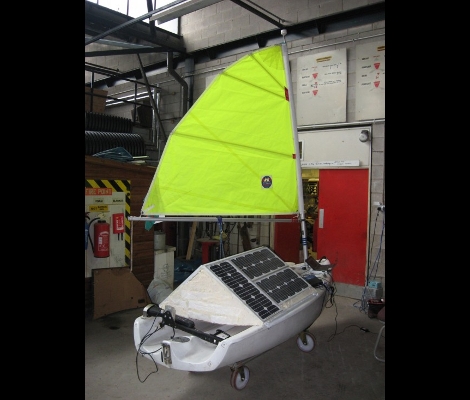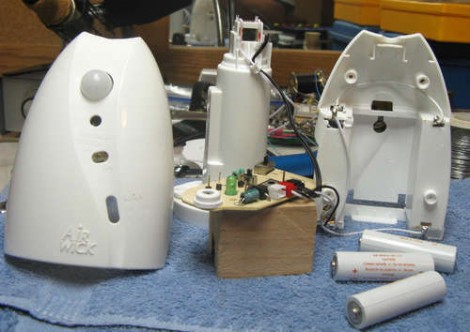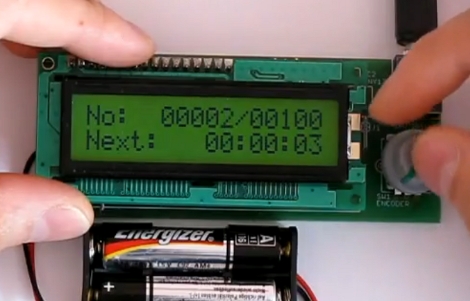This is the Pinta, an autonomous sailboat built to attempt an ocean crossing from Ireland to Martinique (in the Caribbean). A group of researchers at Aberystwyth University built her as part of the Microtransat Challenge.
To keep tabs on the vessel her creators included an Iridium short burst data modem with a backup system made from a SPOT satellite tracker using a PIC microcontroller to trigger a transmission every six hours. The sailing systems are a conglomeration of a Gumstix board, GPS, a windshield wiper motor to control the sail, and a tiller pilot for steering. A set of solar panels helps to top off the lead-acid batteries that power the system.
Unfortunately the old gal has encountered problems. You can see from the tracking data that, although it sailed 500 km in the last twelve days, she is still just off the coast of Ireland. The primary tracking system has failed, which could signal a system-wide computer failure. We hope the team will eventually recover the vessel as we’re interested in finding out what caused this unfortunate turn of events.














